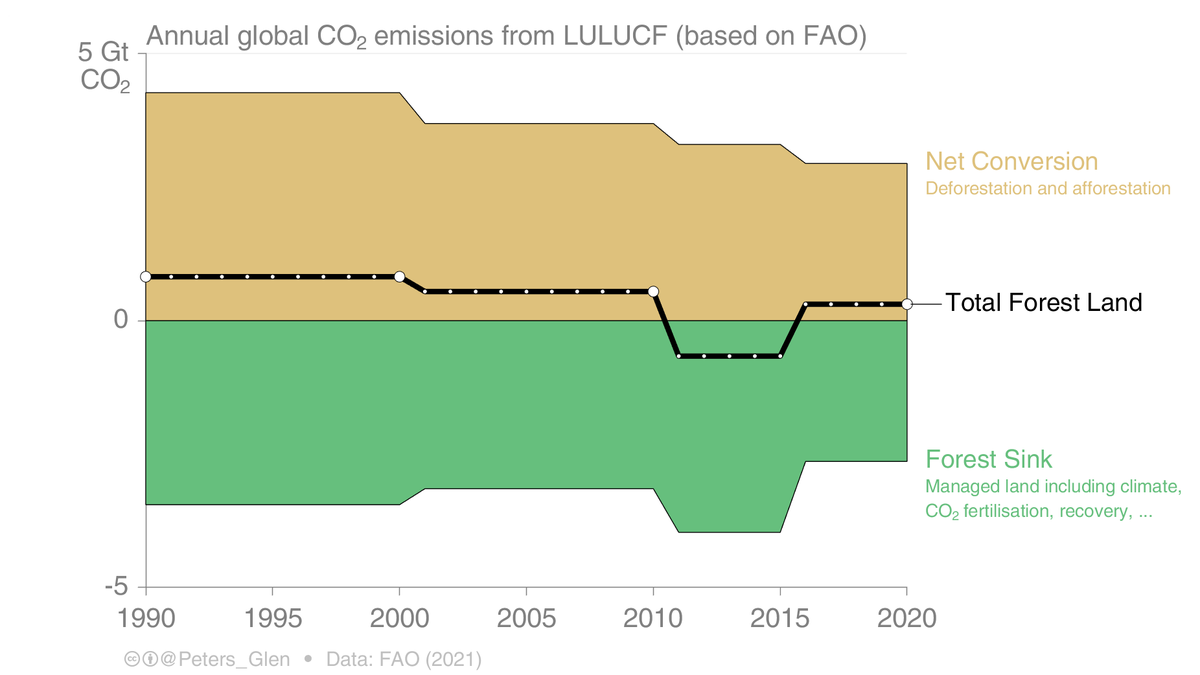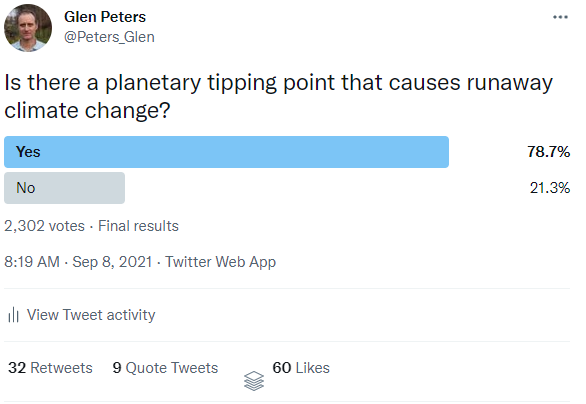
Carbon Capture & Storage (CCS) in Canada.
There are two facilities (capturing in 2019), but very different stories:
* Boundary Dam: Operates ~60% capacity, used for EOR
* Quest: Operates ~90% capacity, permanent storage, but the generated H₂ is used to upgrade oilsands
1/
There are two facilities (capturing in 2019), but very different stories:
* Boundary Dam: Operates ~60% capacity, used for EOR
* Quest: Operates ~90% capacity, permanent storage, but the generated H₂ is used to upgrade oilsands
1/

Boundary Dam is CCS on coal power, with the goal of capturing CO₂ for Enhanced Oil Recovery.
In short, it has not lived up to expectations. How much CO₂ gets stored is unknown, & in any case, the CO₂ is used for EOR (more CO₂).
2/
en.wikipedia.org/wiki/Boundary_…
In short, it has not lived up to expectations. How much CO₂ gets stored is unknown, & in any case, the CO₂ is used for EOR (more CO₂).
2/
en.wikipedia.org/wiki/Boundary_…
Quest produces H₂ in a steam methane reformer, the concentrated CO₂ stream is captured & permanently stored.
Though, the H₂ is used to make heavy oil marketable, & in a sense, it is a type of EOR: the CO₂ is indirectly used to generate more CO₂.
3/
en.wikipedia.org/wiki/Quest_Car…
Though, the H₂ is used to make heavy oil marketable, & in a sense, it is a type of EOR: the CO₂ is indirectly used to generate more CO₂.
3/
en.wikipedia.org/wiki/Quest_Car…
Figuring out storage is hard
This is Table 1.C in the UNFCCC CRF:
* The "injected" seems to be the Quest CO₂
* The bottom right number should be zero, but it is probably CO₂ for EOR
* Note that Canada also imports CO₂ from the US (for EOR).
Can anyone explain better?
4/4
This is Table 1.C in the UNFCCC CRF:
* The "injected" seems to be the Quest CO₂
* The bottom right number should be zero, but it is probably CO₂ for EOR
* Note that Canada also imports CO₂ from the US (for EOR).
Can anyone explain better?
4/4

• • •
Missing some Tweet in this thread? You can try to
force a refresh










